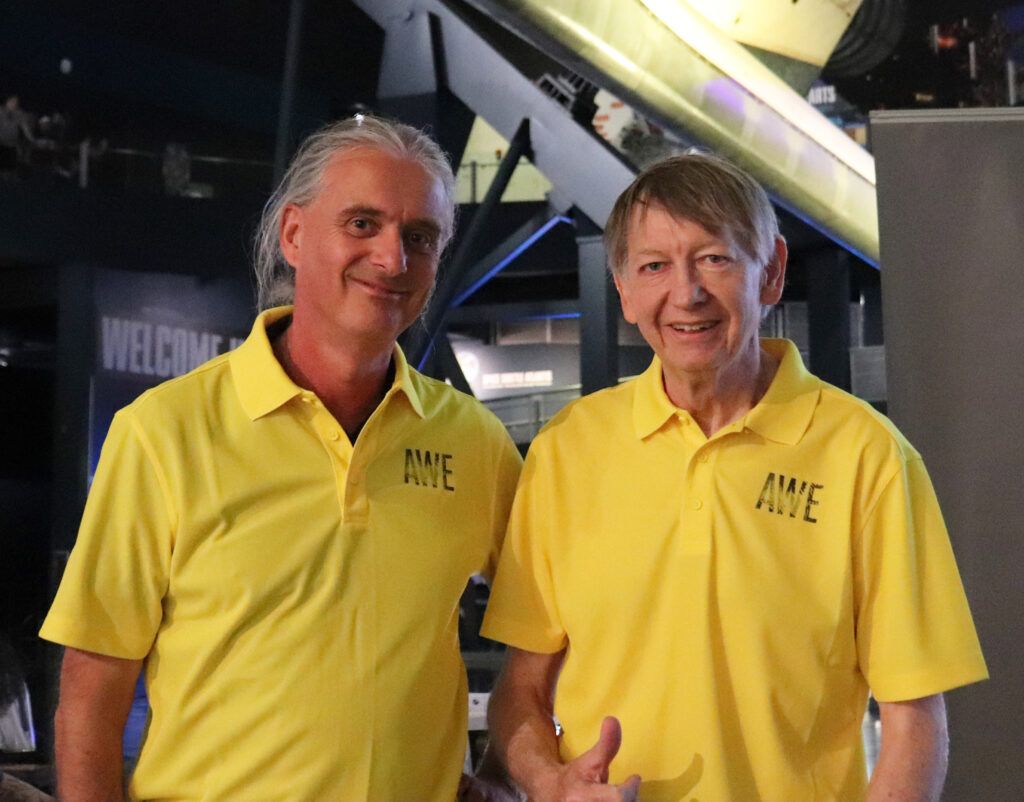New Principal Investigator to Lead NASA’s AWE Mission

Ludger Scherliess (left), the new principal investigator for NASA’s Atmospheric Waves Experiment (AWE), stands next to Michael Taylor (right), who is retiring as the mission’s principal investigator. Credits: Utah State University/Mary-Ann Muffoletto
NASA has named a new principal investigator for its newly launched Atmospheric Waves Experiment, or AWE. Effective as of Monday, Nov. 13, 2023, Ludger Scherliess, a physics professor at Utah State University, will lead the AWE science team. A native of Germany, Scherliess earned a doctoral degree in physics from Utah State University in 1997 and has been a researcher and professor at the university for about 25 years.
Nicola Fox, the Associate Administrator for NASA’s Science Mission Directorate, appointed Scherliess to succeed the retiring Michael Taylor, also of Utah State University. Taylor has studied upper atmospheric gravity waves for nearly four decades, conceived the AWE mission, and helped guide AWE through its successful launch to the International Space Station on Nov. 9.
Launched from NASA’s Kennedy Space Center in Florida as part of NASA’s SpaceX CRS-29 commercial resupply mission, the AWE instrument arrived at the International Space Station on Nov. 11. It is expected to be installed on the outside of the station later this month.
Once science operations begin, AWE will take advantage of its position on the space station to continuously image airglow in Earth’s atmosphere, studying undulations in the air known as atmospheric gravity waves around the globe to help us better understand the connections between terrestrial weather and space weather.